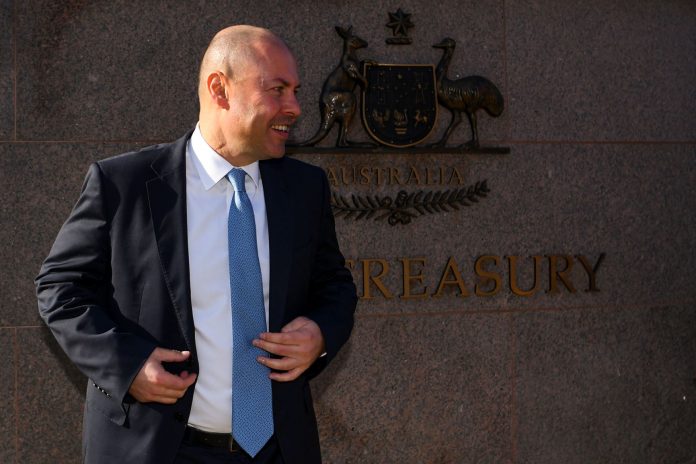Tax cuts, funding aimed at getting young people job ready and billions of dollars to improve aged care and health are expected to be the highlights of this year’s Federal Budget.
Treasurer Josh Frydenberg will hand down his third budget on Tuesday with major spending expected across government services.
It is anticipated there will be $18 billion for aged care services, $350 million for women’s health and additional funding for mental health and domestic violence prevention.
The $1080 low and middle-income tax offset, which was due to end on June 30, is expected to be extended for another 12 months. The offset is available as a refund for about 10 million workers earning between $48,000 and $90,000 when they file their returns.
Mr Frydenberg is expected to announce a $1 billion extension of the JobTrainer program, which offers free or low-fee courses to young and unemployed people.
There will be a successful outcome for mental health advocates who have long implored the Federal Government to dramatically increase funding.
National Mental Health Commission chief executive Christine Morgan, who advises Prime Minister Scott Morrison on suicide prevention, said early intervention, service integration and access were key.
“We need to be able to intervene a lot earlier in illness, in episode and in life,” she told ABC radio.
Leading psychiatrist Patrick McGorry said the government was spending $3.6 billion annually on an issue that affected five million Australians every year.
Do you have an opinion to share? Submit a Letter to the Editor with your name and suburb at Sunshine Coast News via: news@sunshinecoastnews.com.au
“No governments anywhere in the world have understood the scale of the issue,” he told the ABC.
Health Minister Greg Hunt is also remaining tight-lipped on reports the aged care package could be almost $18 billion over four years.
Mr Hunt said it would be a fundamental line in the sand after a damning royal commission report called for radical changes across the troubled system.
The Royal Australasian College of Physicians says the royal commission showed successive government cuts created a $10 billion annual funding shortfall.
Labor leader Anthony Albanese criticised the government for lacking a plan to address record low wages growth, unemployment and underemployment.
He said the coalition was pushing the nation’s debt towards $1 trillion but lacked an economic plan.
Economists are expecting a budget deficit of around $155 billion for the 2020/21 financial year, smaller than the $197.7 billion shortfall estimated in December’s mid-year budget review.
Similarly, the deficit for 2021/22 is expected to have shrunk to $80 billion from $108.5 billion.
“The massive improvement reflects the faster than expected recovery in the economy,” St George economist Matthew Bunny said.
“The labour market has bounced back faster than expected, meaning the government has spent less than predicted on income support payments.
“Plus, commodity prices have surged much higher than expected back in December, boosting tax revenue.”
The iron ore price alone has rocketed to a record high of just over $US200 per tonne, when Treasury had forecast it falling to $US55 per tonne.
But all eyes will be on Treasury’s unemployment forecasts given Mr Frydenberg has set a target of below five per cent before the process of budget repair begins.
In March the jobless rate was 5.6 per cent at a time when Treasury had previously expected it to be 7.5 per cent.
The RBA is predicting an unemployment rate of five per cent at the end of this year and 4.75 per cent by the middle of 2022.
However, the central bank believes an even lower jobless rate is needed before decent wage rises can be expected – the long-time missing link in Australia’s economic performance, even before the pandemic.
Help keep independent and fair Sunshine Coast news coming by subscribing to our free daily news feed. All it requires is your name and email. See SUBSCRIBE at the top of this article





